Introduction
X-ray diffraction (XRD) is considered to be a gold standard method for mineralogical analysis. From mining to research purposes, XRD has found many uses and applications from routine QA/QC of mine run to solving the structure of clays from powder. The demand on the versatility of X-ray diffractometers is equally increasing to support research and process efforts.
Modern applications in process geology, not only require an accurate instrument with limited downtime, but also one which can rapidly collect data. Central laboratories are routinely looking to streamline data collection and analysis.
Instrument
The Thermo Scientific™ ARL™ EQUINOX 1000 uses a standard 3 kW source requiring chilled water cooling to the tube. The ARL EQUINOX 1000 is the only bench-top XRD with high power and standard XRD tubes ensuring optimum performance both in terms of resolution and sensitivity.
The system can be equipped with either a Ge (high resolution) or graphite monochromator (high intensity) or both in a unique optional twin monochromator system (SIAM X), which allows the ARL EQUINOX 1000 to provide performance comparable to bigger and higher priced instruments.
The ARL EQUINOX 1000 provides very fast data collection times compared to other diffractometers due to its unique curved position sensitive detector (CPS) that measures all diffraction peaks simultaneously and in real time and is therefore well suited for research and process applications (Figure 1).
Experimental
A sample of peridotite collected from Trudy’s Mine, San Carlos, Arizona, USA (Figure 2) was studied by removing crystals from a cluster, grinding and placing it in a reflection sample holder.
Figure 1: ARL EQUINOX 1000

The sample was analyzed under Co Kα (1.78897 Å) radiation for four different time intervals: 15 minutes, 5 minutes, 1 minute and 30 seconds, with the sample rotating during the analysis. Raw data evaluation was performed with I_MAD (Figures 3 through 6). Data processing, consisting of whole pattern fitting Rietveld refinement (WPF) or RIR, for lower intensity data, was performed using MDI JADE 2010 equipped with the Crystallographic Open Database (COD) and AMCSD for qualitative and quantitative analysis phase analysis.
Figure 2: Peridotite sample from Trudy’s Mine, San Carlos, AZ, USA
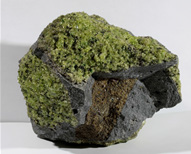
Figure 3: 15-minute raw data
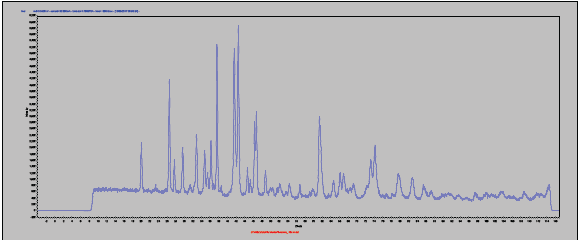
Figure 4: 5-minute raw data
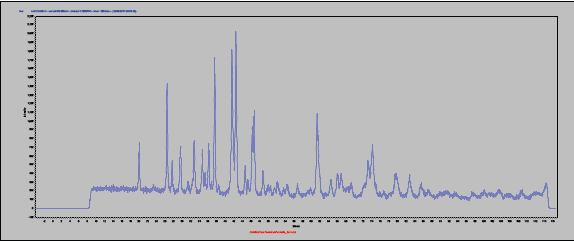
Figure 5: 1-minute raw data
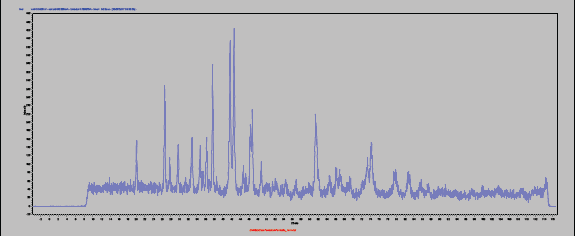
Figure 6: 30-second raw data
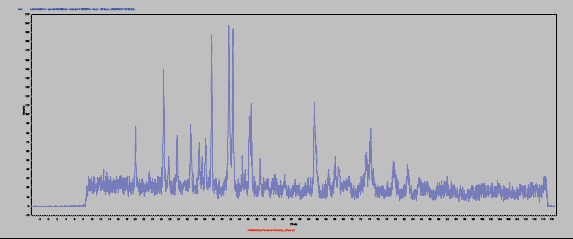
Results
The primary mineral in the crystalline clusters is olivine ((Mg,Fe)2SiO4). Olivine forms a solid solution series between the Mg and Fe endmembers forsterite (Mg2SiO4) and fayalite (Fe2SiO4). It also forms a ternary series with a Ca endmember (Ca2SiO4).
The crystal structure of olivine consists of two distinct metal sites (M1 and M2), three distinct oxygen sites (O1, O2 and O3) and one silicon site (Si). By refining the site occupancies of the M1 and M2 site, the position of the sample along the solid solution series can be calculated.
The raw data from the four scans was analyzed using JADE 2010. The 15-minute and 5-minute datasets (Figures 7 and 8) underwent a WPF analysis followed by a full Rietveld refinement of the structures, refining the site occupancies of the M1 and M2 sites of forsterite (Table 1). The final refinements had Rwp = 6.12 and 7.83 with S = 1.65 and 1.23 for the 15 minute and 5 minute datasets respectively.
Table 1: Refined site occupancy values

17.196Since the sum of the Mg and Fe site occupancy values did not add to 100 % occupied, the remaining value was assigned to Ca for addition to the ternary series diagram given in Figure 9. From the diagram, it can be concluded that the best fit is to the mineral forsterite with a calculated chemistry of (Mg1.24,Fe0.43,Ca0.33)SiO4 for the 15-minute scan and (Mg1.21,Fe0.45,Ca0.34)SiO4 for the 5 minute scan.
Figure 7: 15-minute refined WPF data using JADE 2010
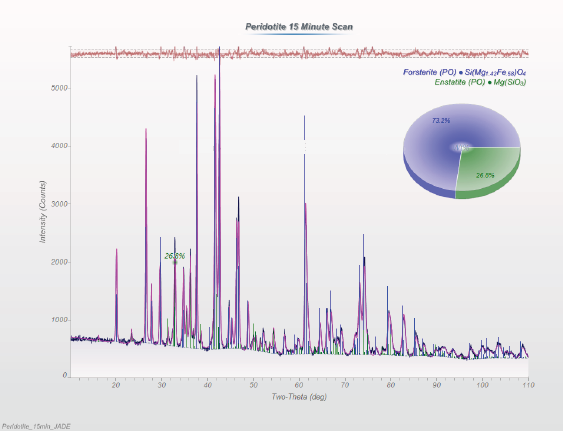
Figure 8: 5-minute refined WPF data using JADE 2010
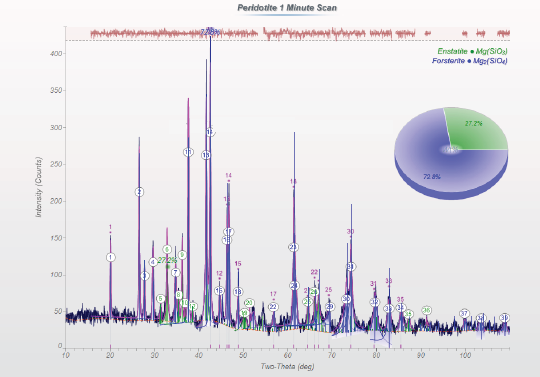
Figure 9: Ternary diagram showing the positions of the 15-minute (red) and 5-minute (blue) refined site occupancy values
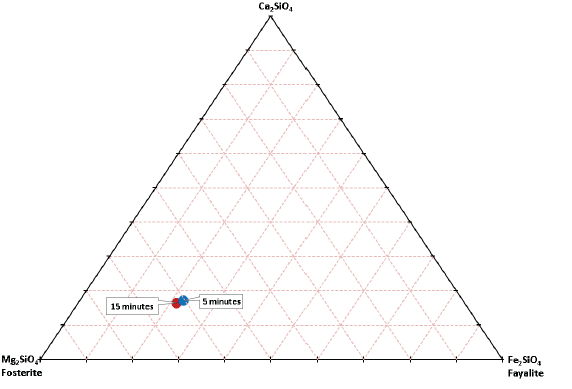
Due to the lower intensities for the 1-minute and 30-second datasets (Figures 10 and 11), a full Rietveld analysis was not ideal, thus a more semi-quantitative RIR approach, using individual peak profile fitting, was performed to analyze the phase assemblage.
Figure 10: 1-minute fit RIR data using JADE 2010

Figure 11: 30-second fit RIR data using JADE 2010
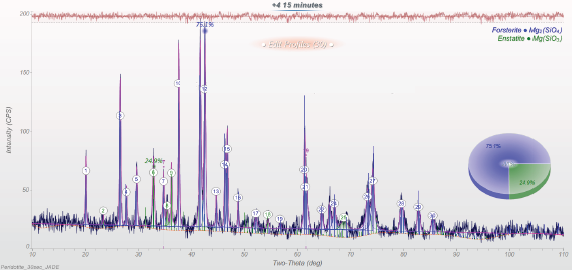
Phase assemblage results for all scans are presented in Table 2. It is apparent that each scan time gives an assemblage that is in good agreement with the others. The generally low standard deviation values suggest that for an ultra-fast scan, a phase assemblage can be quantified with very good certainty.
Table 2: Phase assemblage results
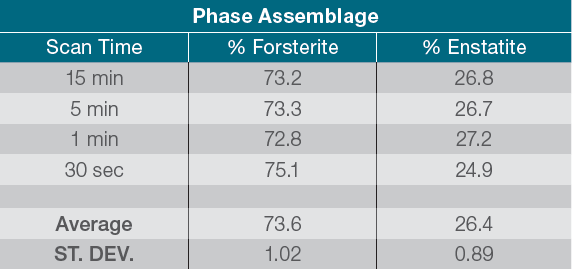
Conclusion
The resolution and speed of the ARL EQUINOX 1000 enables the ability to fully analyze geologic materials from phase assemblages to full QPA and structure refinements. A 5-minute measurement time is enough to perform WPF quantitative phase analysis, and 30 seconds for a semi-quantitative RIR based analysis. Structure refinements of the crystalline phases can be carried out with precision requiring only a few minutes of scan time. Therefore, the ARL EQUINOX 1000 benchtop diffractometer is a user friendly tool for geologic research and process applications.
**************************************************************************
For advice and more detailed information, please contact:
Email: info@redstarvietnam.com